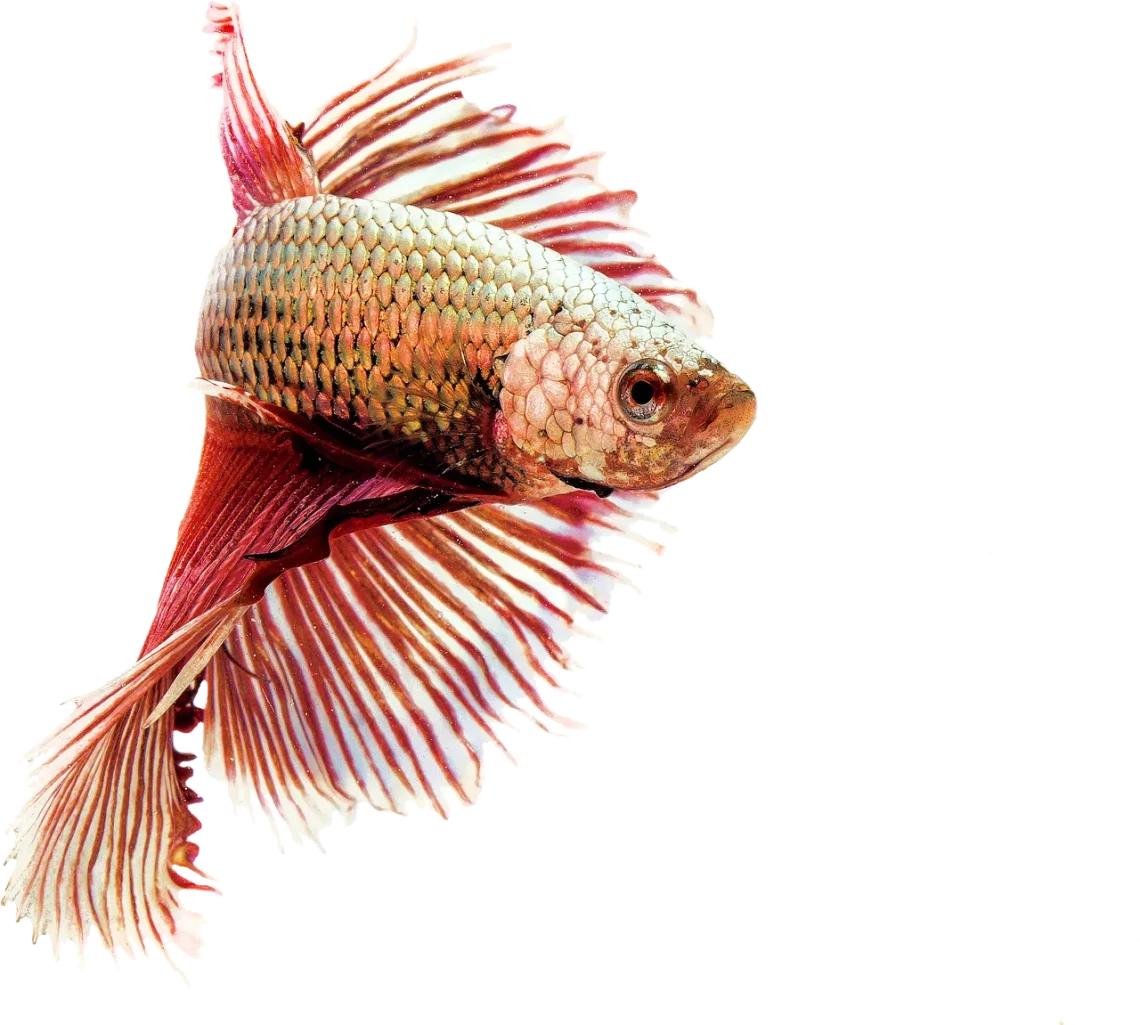
Understanding and Managing Bristle Worm Infestation in Aquariums
The presence of bristle worms in aquariums can be a double-edged sword for hobbyists. On one hand, these creatures are natural scavengers that contribute to the ecosystem of a marine tank, breaking down organic matter and recycling essential nutrients. On the other hand, an uncontrolled population can lead to significant problems, including competition for food resources and potential harm to coral and other sensitive tank inhabitants. Understanding the delicate balance these organisms strike within an aquarium is crucial for maintaining a healthy and thriving aquatic environment.
For many aquarium enthusiasts, encountering bristle worms may evoke concerns about their impact on tank health. These segmented worms, belonging to the class Polychaeta, are a common sight in both reef and fish-only systems. Their resilience and adaptability can lead to rapid population growth, especially in nutrient-rich environments. Therefore, it is essential to monitor their presence and manage their numbers effectively. In this article, we will explore the characteristics of bristle worms, the causes of their proliferation, and practical methods for managing infestations, ensuring that aquarium owners can maintain a harmonious balance within their underwater ecosystems.
What Are Bristle Worms and Their Role in Aquariums?
Bristle worms are marine polychaete worms that can be found in various aquatic environments, including coral reefs and sandy substrates. They are characterized by their elongated bodies, segmented appearance, and bristles, or chaetae, that cover their surface. These bristles are made of chitin and serve multiple purposes, including protection against predators and aiding in locomotion.
In aquariums, bristle worms play an essential role in maintaining the biological balance. As scavengers, they feed on decaying organic matter, uneaten fish food, and detritus, helping to keep the tank clean and reducing the buildup of harmful waste. Their presence can indicate a healthy ecosystem, as they contribute to the breakdown of nutrients and the cycling of materials. Additionally, some species of bristle worms can even assist in aerating the substrate, promoting a healthier environment for beneficial bacteria and other microorganisms.
However, while some bristle worms are beneficial, others can become problematic. Certain species are known to grow large and exhibit predatory behavior, posing a threat to smaller tank inhabitants, such as shrimp and small fish. As their populations increase, they can outcompete other organisms for food resources, leading to an imbalance in the aquarium’s ecosystem. Therefore, understanding the specific type of bristle worm present in your aquarium and its role within the environment is crucial for effective management.
Causes of Bristle Worm Infestations
Bristle worm infestations can occur for several reasons, often linked to the conditions within the aquarium. One of the primary factors contributing to their rapid population growth is the availability of food sources. When aquarists overfeed their fish or neglect regular cleaning, uneaten food and organic waste accumulate, creating a nutrient-rich environment that encourages bristle worm proliferation.
Another contributing factor is the substrate composition. Bristle worms thrive in sandy or gravelly substrates, where they can burrow and find food. If your aquarium has an abundance of organic material in the substrate, it can lead to an increase in bristle worm populations. Similarly, the presence of live rock or decorations with crevices can provide ideal hiding spots for these worms, allowing them to reproduce and establish themselves quickly.
Water quality also plays a significant role in bristle worm populations. Elevated nutrient levels, particularly nitrates and phosphates, can create an environment conducive to their growth. Therefore, maintaining optimal water parameters through regular testing and water changes is essential for controlling bristle worm populations.
Lastly, introducing new live rock or coral to the aquarium without proper quarantine can inadvertently introduce bristle worms. These organisms can hitch a ride on new additions and quickly establish themselves in the existing ecosystem. As such, it is crucial to inspect and quarantine new specimens before adding them to your tank.
Effective Management Strategies for Bristle Worms
Managing bristle worm populations in your aquarium requires a balanced approach that prioritizes the overall health of the ecosystem. Here are several effective strategies to consider:
1. **Maintain Cleanliness**: Regularly clean the aquarium to remove uneaten food, detritus, and waste. Implement a feeding schedule that ensures your fish consume all food within a few minutes, reducing excess nutrients that can foster bristle worm growth.
2. **Monitor Water Quality**: Regularly test your water parameters, focusing on nitrate and phosphate levels. Keeping these levels in check through routine water changes and proper filtration can help limit the resources available for bristle worms.
3. **Limit Substrate Organic Matter**: If your aquarium has sandy or gravelly substrates rich in organic material, consider vacuuming the substrate during water changes to reduce the food supply for bristle worms.
4. **Utilize Natural Predators**: Introducing natural predators, such as certain fish species or crabs, can help control bristle worm populations. However, be cautious and ensure that any new additions are compatible with your existing tank inhabitants.
5. **Manual Removal**: In cases of severe infestation, manual removal of bristle worms may be necessary. Using a pair of tweezers or a specialized tool, carefully extract the worms from the aquarium. Be mindful of the bristles, as they can cause skin irritation.
By implementing these strategies, aquarists can effectively manage bristle worm populations while maintaining a healthy and balanced aquarium environment.
Preventing Future Infestations
Preventing future bristle worm infestations is essential for maintaining long-term aquarium health. Here are several proactive measures you can take:
1. **Quarantine New Additions**: Always quarantine new fish, coral, or live rock before introducing them to your main aquarium. This practice helps prevent accidental introductions of bristle worms and other pests.
2. **Control Feeding Practices**: Establish a regular feeding routine and avoid overfeeding. Consider using feeding rings or containers to minimize food waste and ensure that all food is consumed promptly.
3. **Regular Maintenance Schedule**: Implement a consistent maintenance routine that includes water changes, substrate vacuuming, and equipment checks. Regular maintenance helps prevent the accumulation of organic matter and keeps water parameters stable.
4. **Educate Yourself**: Stay informed about the various species of bristle worms and their roles within the aquarium ecosystem. Understanding the differences between beneficial and harmful species will aid in effective management.
5. **Use Quality Live Rock**: When sourcing live rock, choose reputable suppliers who offer pest-free options. Inspect the rock for visible pests and organic material before making a purchase.
By taking these preventive measures, aquarium enthusiasts can reduce the likelihood of bristle worm infestations and promote a healthy, thriving aquatic environment.
In conclusion, bristle worms can be a valuable part of an aquarium’s ecosystem when managed correctly. Understanding their role, causes of infestations, and effective management strategies is essential for maintaining a balanced and healthy aquarium. Remember to monitor your tank diligently, practice good maintenance, and educate yourself on the organisms inhabiting your aquatic environment.
**Disclaimer:** This article is not intended as medical advice. Please consult a healthcare professional for any health-related concerns.




